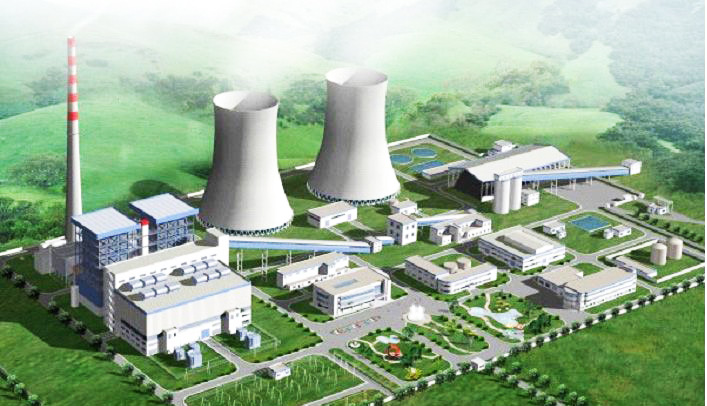Product
Fused Cast AZS Block
AZS Casting Type
AZS Ramming Materials
Fused Cast AZS TY-AZS41
Fused Cast AZS TY-AZS36
Fused Cast AZS TY-AZS33
Fused Cast Alumina Block
Fused cast Alumina Block TY-H
Fused cast Alumina Block TY-A
Fused cast Alumina Block TY-M
Fused Cast High Zirconia Block
Fused Cast Skid Rail Block
Silica brick
Magnesia Series Brick
Bonded Refractory Block
High alumina And Fire clay bricks
Insulation Series Brick
Ceramic Fiber Products
Contact Details
- 0086 371 63838939
- 0086 371 63835539
- sales@sunriserefr.com
- tkfanyi
- No.36 Fengchan Road, Zhengzhou City
Solutions
A Comprehensive Introduction To Float Glass Furnace: Flue
- More related products
- Fused Cast AZS Block
- Fused Cast Alumina Block
- Fused Cast High Zirconia Block
- Fused Cast Skid Rail Block
The flue is the passage for gases. Exhaust gases go down to the regenerator from the port and then are emitted into the atmosphere through the flue and chimney. Besides, it can also adjust the gas flow and pressure with shutters. It can produce pumping power by it height to overcome the resistance of the furnace including the chimney. Air is sprayed into the furnace and then the exhaust gases are discharged outside the furnace.

The flue system includes the air flue, coal gas flue, air branch flue, coal gas branch flue, the middle flue, the general flue and the flue leading to the waste heat boiler.
Above the flues are arch structures. The central angle is generally 90 °. The thickness of the arch is 230 mm. Its height is equal or bigger than its width. The exhaust gases through the flues is hot(500-600℃). The inner wall is built with fireclay bricks, the external wall is built with red bricks and the bottom is built with concrete. To prevent concrete from being too hot, diatomite insulation bricks are paved. The top arch of ground flues or outdoor flues and the sidewalls are generally insulated with a insulation layer to avoid big drop og temperature.
In float glass furnaces fueled with heavy oil or natural gas, the flue arrangement is simple. Flues are set in the inside of regenerators below the furnace. A flue is composed of the general flue, and branch flues. Dampers and combustion air inlets are set on the branch flues. Air(smoke)-gas reversing dampers are set on branch flues. Rotary dampers are set on the general flues to adjust the pressure of furnaces. A damper is set in the chimney to adjust the pumping power.
In float glass furnaces fueled with coal gas, the flue arrangement is complex since there are two flues, air flue and coal gas flue.
Read more
Need more information? Drop us a line
For more information on any of our products please get in touch using the form below. One of our sales team will respond to your enquiry as soon as possible.
Copyright © 2014 Zhengzhou Sunrise Refractory Co., Ltd. Site Index Product IndexSitemap









